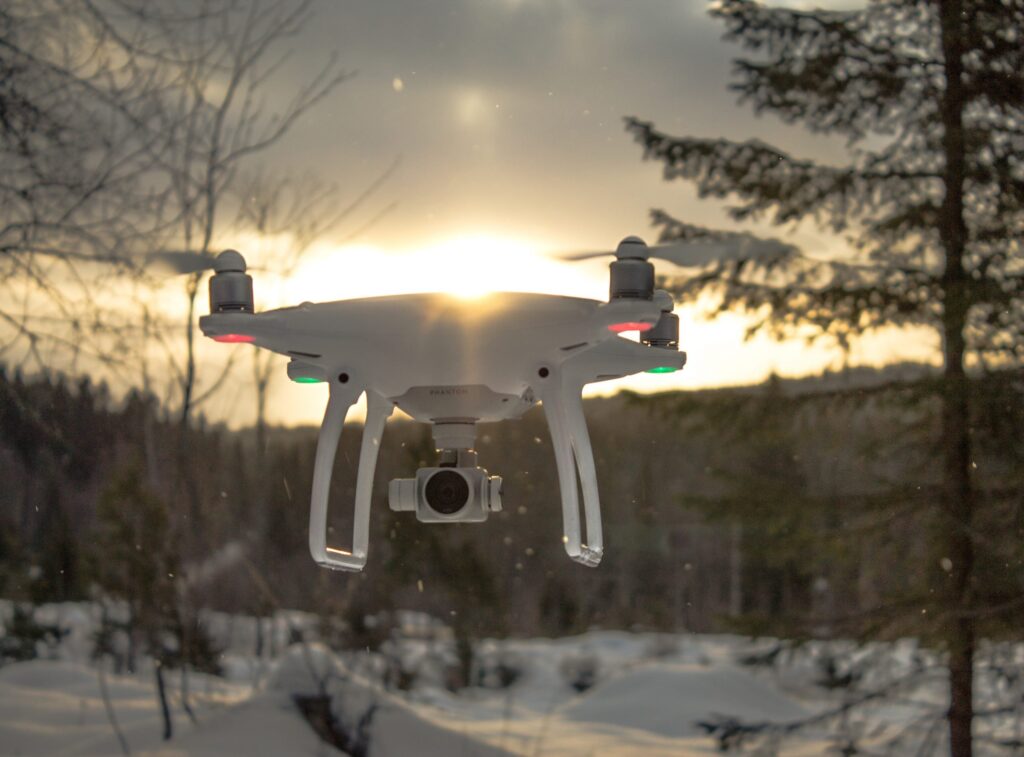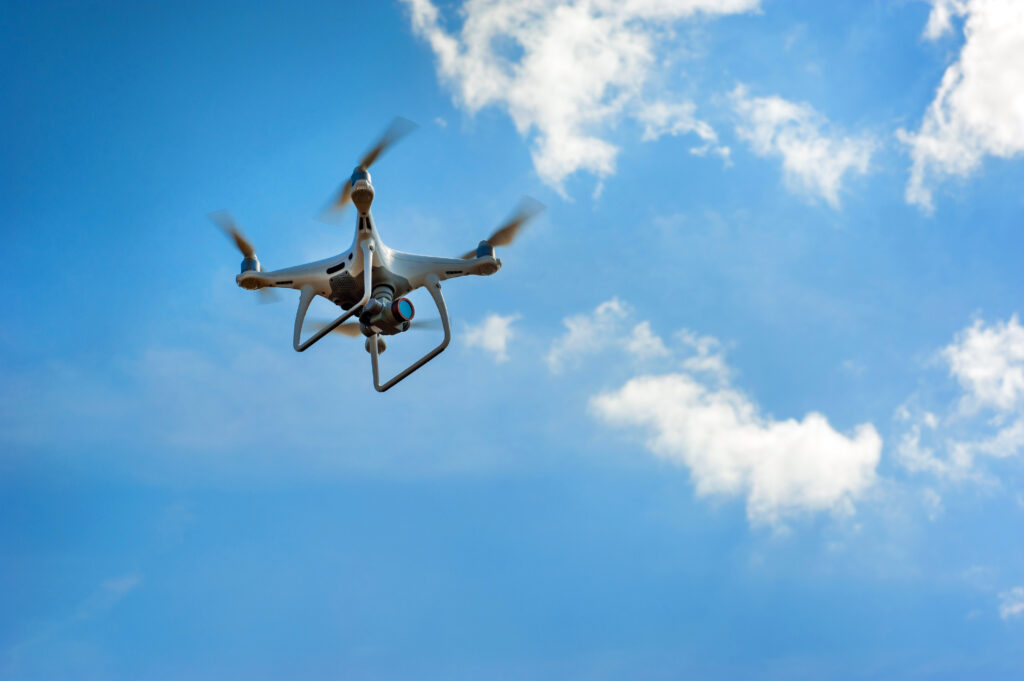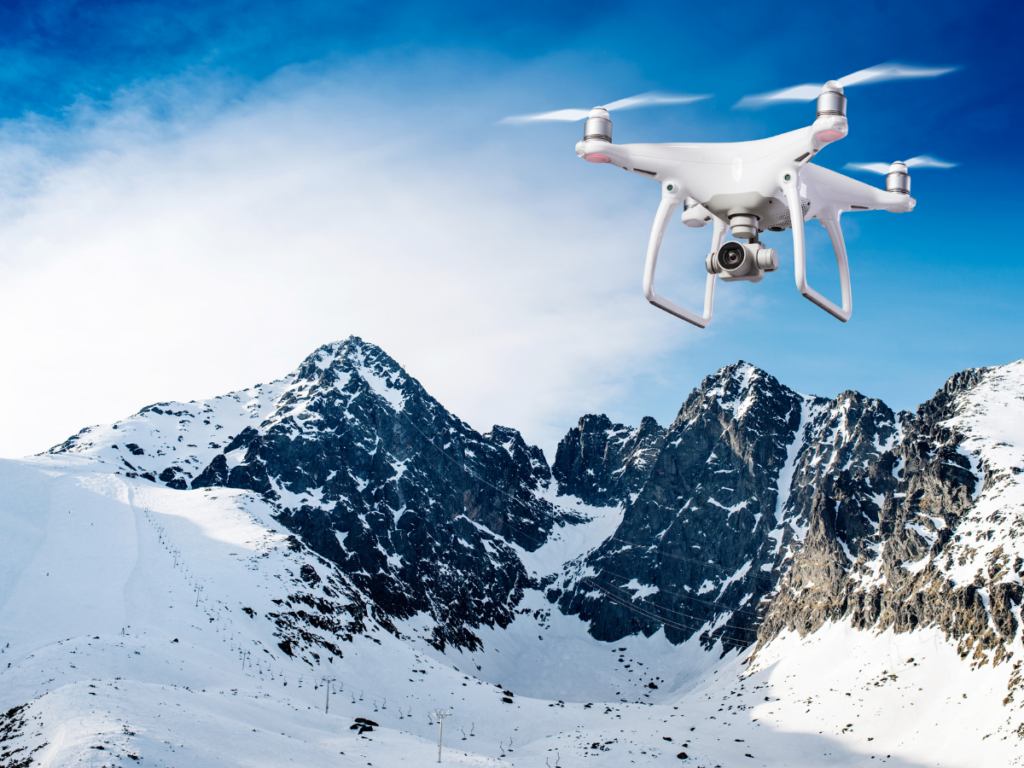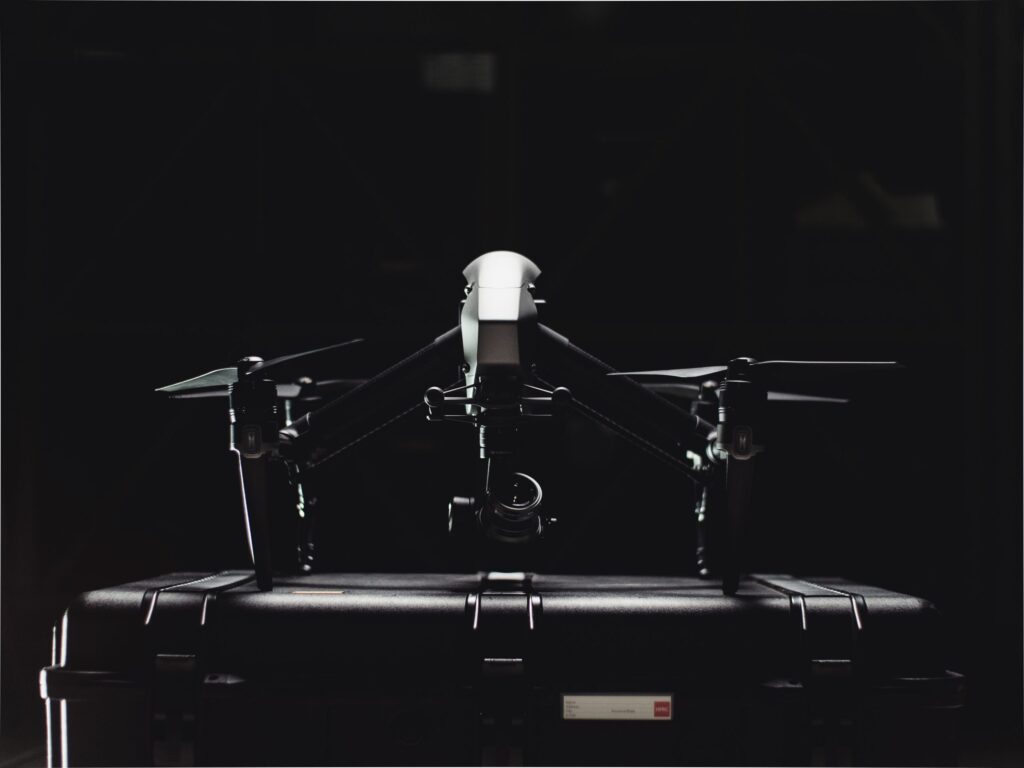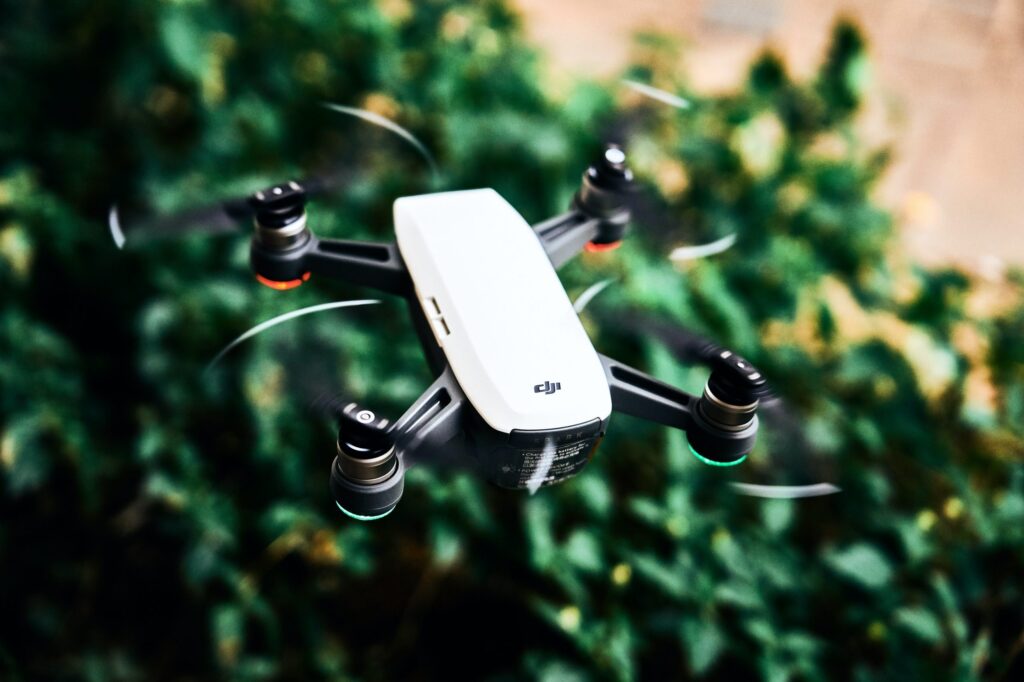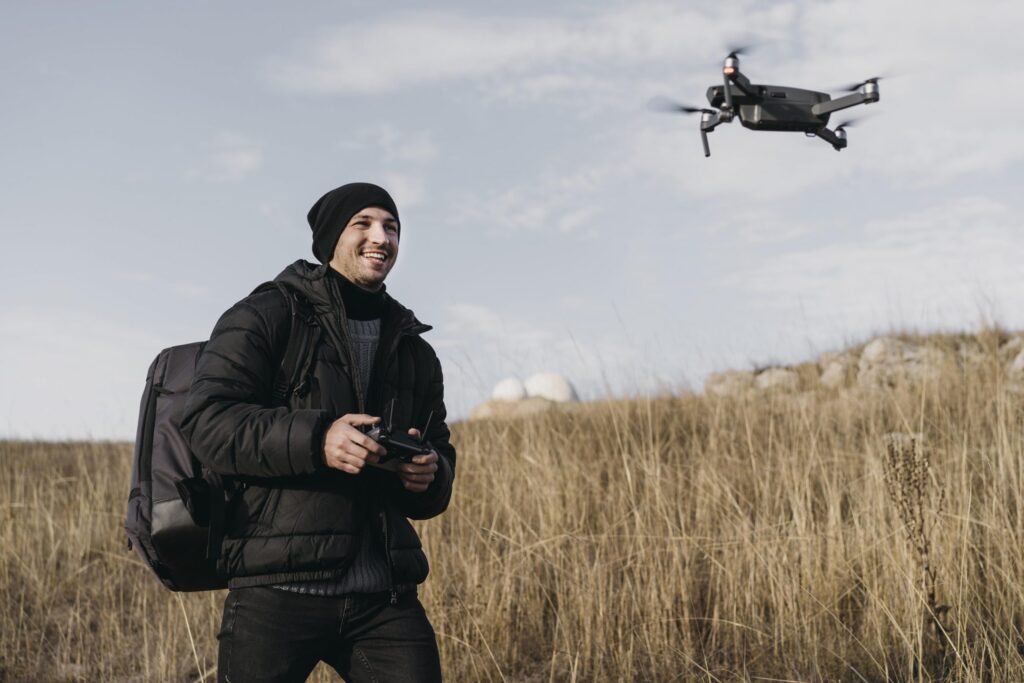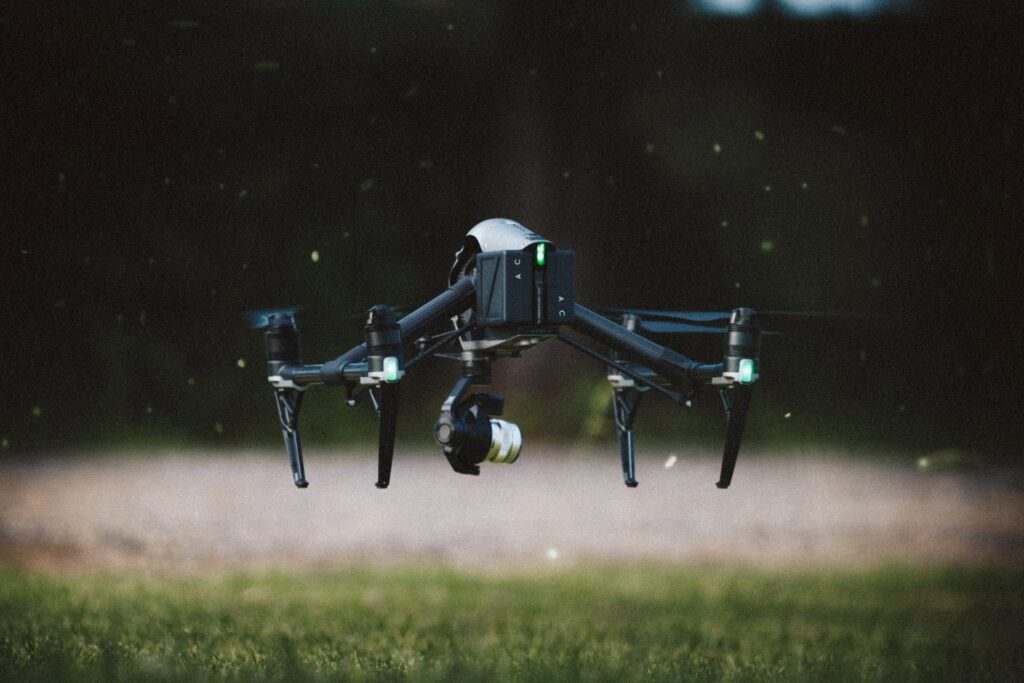Before you fly your drone for work or recreation, it is crucial to know the rules about where you can and cannot fly your drone in Canada. You must always be aware of where drones are not allowed and always obey safety regulations that apply to UAVs. If you’re uncertain about Canada’s policy regarding where drones can or can’t be flown, you’re in the right place! This article will discuss the guidelines about where drones can be flown safely.
Before Flying Your Drone
Drones are treated very much like aircraft. When flying your unmanned aerial vehicle (UAV), you share the skies with other drones and planes. And so, before you fly your drone, there are a few things that you must do.
Check out the Transport Canada interactive online map which shows which areas are off-limits for you to fly in. The map can be found at this link https://nrc.canada.ca/en/drone-tool/. For more information you must conduct a survey of the area and consult:
Notice to Airmen or NOTAMs for the flight location
NOTAMs tell pilots about events such as sky diving operations and other obstacles that may affect them. All NOTAMs include the time and location of the event. To find a NOTAM in your locale, simply input the ID of an aerodrome near you into the NAV CANADA NOTAMs portal
- The Canada Flight Supplement
- The Designated Airspace Handbook
- Appropriate aeronautical charts
o Any chart that has aeronautical information relevant to the flight will do. This may include aeronautical charts listed on the NAV CANADA website.
More and more mobile phone apps are being developed that help streamline the above steps. Your drone manufacturer might provide maps and tools that help with these preliminary survey steps as well.
If you determine that you want or need to fly in controlled airspace you must ensure that you are qualified with an advanced operations certificate and you must obtain permission from air traffic control to operate in controlled airspace which is near heliports and airports.
- For airspace controlled by NAV CANADA, request an RPAS Flight Authorization.
- For controlled airspace under the Minister of National Defence (MND), you must request a flight authorization from the appropriate aerodrome authorities; this information can be found in the Canada Flight Supplement (CFS) or on the NRC Drone Site Selection Tool.
You will need an advanced RPA pilot certificate, a drone with the relevant manufacturer safety statement, and authorization from the air navigation service provider to operate within controlled airspace.
While flying, you must maintain contact with the air traffic control authority. Visit section 3.4.4 of the RPA chapter of Transport Canada’s Aeronautical Information Manual for more information on activities in regulated airspace (AIM).
Which Areas Limit The Use Of Drones?
There are areas where the usage of drones is restricted or even prohibited. These areas include:
1. Airports, Heliports, and Aerodromes
An aerodrome is a location where an aircraft can take off and land. Airports, heliports, and seaplane bases are all examples of aerodromes. Unless you are following an established Transport Canada procedure, you cannot fly closer than:
- 5.6 kilometers from any airport listed as Certified (“Cert”) in the Canada Flight Supplement
- 1.9 kilometers from heliports listed as Certified (“Cert”) in the Canada Flight Supplement
2. Airport, Water Airport, or Heliports – Controlled Airspace
In Canada, if you intend to operate in controlled airspace, which is within three nautical miles of a certified airport, or within a nautical mile of a certified heliport, you must always have a valid drone pilot certificate – advanced operations. In addition, you must always follow established procedures of Transport Canada.
If you need a refresher about these procedures, Transport Canada established systems can be found in section 3.4.5 of the RPA chapter of Transport Canada Aeronautical Information Manual (AIM) and on the NRC Drone Site Selection tool.
3. Department of National Defense (MND) aerodrome
Operations of drones within 3 nautical miles (5.6 kilometers) of an aerodrome are subject to a Special Flight Operations Certificate (SFOC) – RPAS. To be granted an SFOC-RPAS, you must seek authorization from the MND aerodrome authorities. If you need more information about these areas and how to legally access them, you may check out the NRC Drone Site Selection tool and section 3.2.35 of the RPA chapter of Transport Canada Aeronautical Information Manual (AIM).
4. National Parks
Within a national park, drone pilots are not permitted to take off or land. In certain circumstances, a park superintendent might authorize the use of drones. If you want to fly a drone inside a national park, you can read about the use of drones at Parks Canada places and contact Parks Canada.
5. Emergency Sites
Police or first responders’ emergency operations, such as traffic accidents, are off-limits to drone pilots. You should also stay away from disaster-prone areas (forest fires, floods, and earthquakes). A drone flying near these regions may interfere with emergency responders’ aircraft and activities.
6. Advertised Events
Drone pilots aren’t allowed to fly near or over publicized activities like outdoor concerts or athletic events unless they obtain a Special Flight Operations Certificate that specifically allows it.
7. Indoors, Near and Over Buildings
Indoor and subsurface drone activities are exempt from Part IX of the Canadian Aviation Regulations. However, regardless of where you fly, you must always fly safely and follow all other regulations to avoid endangering people or other aircraft. It is highly recommended that you acquire permission from the building owner and/or residents before flying indoors or close or over buildings.

Do You Still Need More Information About Canada’s Policy About Drone Usage?
We hope this post has helped you understand Canada’s drone policy regarding where your drone can be flown. If you have any questions or concerns, don’t hesitate to contact our team at Victory UAV for help regarding UAV training.
Our instructors are pilots who work in the aviation sector and understand the importance of training and safety. Our courses are created to make learning enjoyable and simple. After the course, you’ll be able to fulfill all of Transport Canada’s requirements for piloting a drone.

